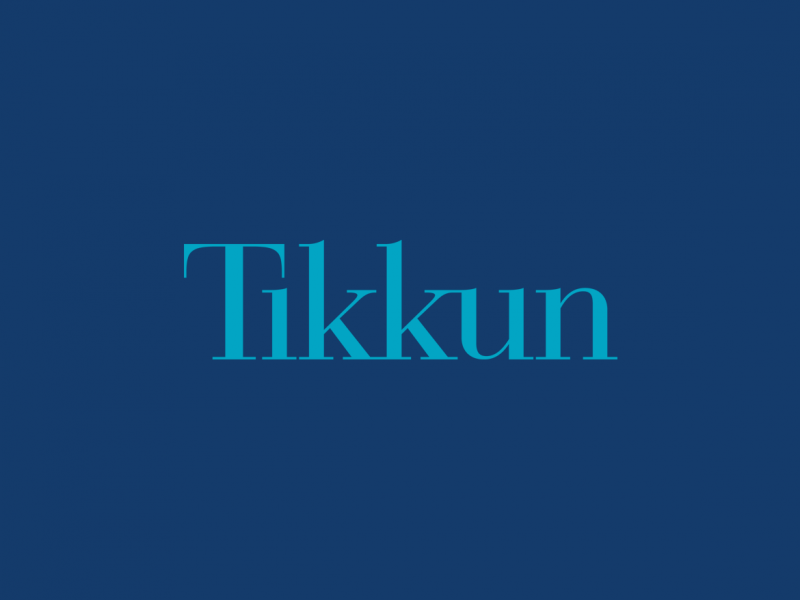Letters
[brclear]
Publisher’s Page
[brclear]
Editorials: Inauguration, 1989; The Mideast Craziness BY MICHAEL LERNER
[brclear]
Articles
Why Modernism Still Matters BY MARSHALL BERMAN
Surviving a Bush Presidency BY MICHAEL LERNER
Notes from a trip to Hungary (Summer 1988) BY TODD GITLIN
England, Bloody England BY LESLEY HAZELTON
Criticism and Restitution BY GEOFFREY HARTMAN
Soviet Jewish Emigration BY ROBERT CULLEN
There They Go Again BY LAWRENCE H. FUCHS
The Israeli Elections BY ITZHAK GALNOOR
The Meaning of the PNC in Algiers BY JEROME M. SEGAL
Levenson Sexegesis: Miriam in the Desert BY EDWARD R. ZWEIBACK
[brclear]
Current Debate: Jackson and the Jews
Jackson, the Jews, and What’s Left? BY CARL LANDAUER
The Bad and the Worse BY PAUL BERMAN
[brclear]
Current Debate: Affirmative Action
Affirmative Action vs.

